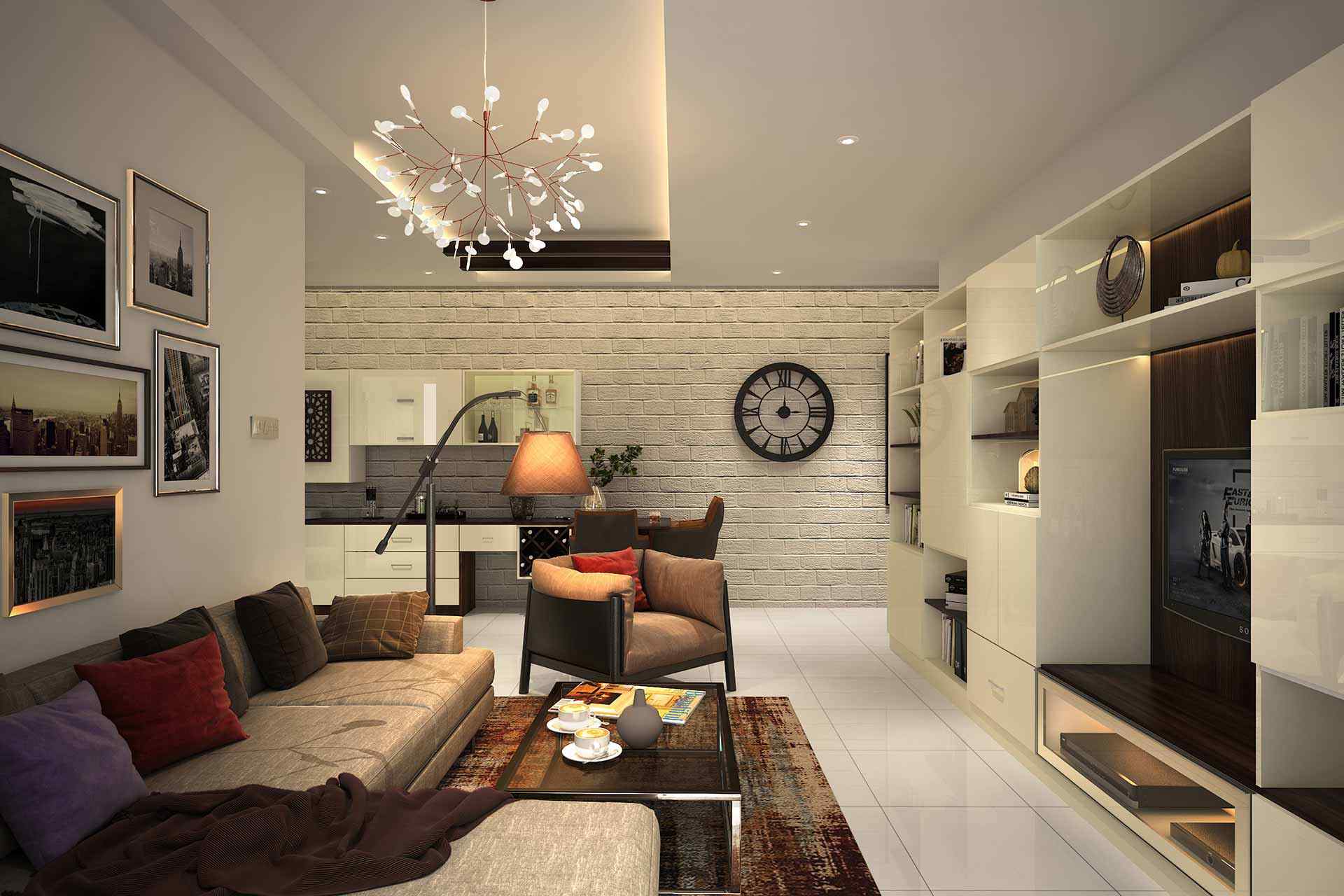

Articles
How To Light Up Living Room
Modified: August 29, 2024
Discover the best articles on how to light up your living room and create a cozy ambiance. Find expert tips and tricks for selecting the right lighting fixtures and maximizing natural light in your space.
(Many of the links in this article redirect to a specific reviewed product. Your purchase of these products through affiliate links helps to generate commission for Storables.com, at no extra cost. Learn more)
Introduction
Lighting plays a crucial role in setting the mood and ambiance of any living space. In a living room, it is especially important to have the right lighting setup to create a warm and inviting atmosphere. Whether you use your living room for relaxation, entertaining guests, or as a multi-purpose space, proper lighting can enhance the overall functionality and aesthetic appeal.
In this article, we will explore step-by-step how to light up your living room effectively. We’ll discuss different types of lighting, their purposes, and how to choose the right fixtures and bulbs. By following these guidelines, you can transform your living room into a comfortable and visually stunning space.
Key Takeaways:
- Transform your living room with the right lighting setup, from assessing natural light to incorporating task and accent lighting. Experiment with different fixtures and bulbs to create a cozy and visually stunning space.
- Create a versatile ambiance in your living room by using dimmers and experimenting with various lighting setups. From overhead to accent lighting, customize your space to suit different moods and activities.
Step 1: Assess the natural lighting
Before diving into artificial lighting options, it’s essential to evaluate the natural lighting in your living room. Natural light not only provides illumination but also has a positive impact on mood and well-being.
Start by determining the direction and intensity of natural light in your living room. Take note of the windows’ size, placement, and the amount of sunlight that enters at different times of the day. This assessment will help you understand how natural light interacts with the room’s layout and guide you in placing artificial lighting strategically.
Consider using window treatments that allow you to control the amount of light that enters the room. Sheer curtains or blinds can filter harsh sunlight while still allowing a soft glow to illuminate the space. Alternatively, if your living room lacks natural light, you may need to rely more on artificial lighting options.
Additionally, the color of your walls and furniture can greatly impact the way natural light reflects and spreads in the room. Lighter colors tend to reflect more light, creating a brighter and more spacious feel. On the other hand, darker shades can absorb light, making the room appear cozier and more intimate.
By assessing the natural lighting in your living room, you can determine the areas that require additional artificial lighting and make informed decisions about the type and placement of fixtures. This evaluation sets the foundation for creating a well-balanced lighting scheme that complements the existing natural light in your space.
Step 2: Choose the right overhead lighting
Overhead lighting serves as the primary source of illumination in a living room. It provides general ambient lighting and sets the overall tone for the space. When selecting overhead lighting, consider the style of your living room, the height of the ceiling, and the desired brightness level.
One popular option for overhead lighting is a chandelier. Chandeliers come in various designs, from traditional crystal styles to modern and minimalist ones. They add a touch of elegance and make a statement in the room. When choosing a chandelier, ensure that it is proportionate to the size of your living room and the height of the ceiling.
Another option is a pendant light, which hangs from the ceiling with a single or multiple light sources. Pendant lights offer versatility, as they come in various styles and designs to suit different interior themes.
For rooms with low ceilings or limited space, flush mount or semi-flush mount lights are ideal. These fixtures are installed directly onto the ceiling, providing ample lighting without taking up much space.
When it comes to the brightness level of your overhead lighting, consider using dimmable fixtures. Dimmers allow you to adjust the light intensity according to your needs and create different moods in the living room. This flexibility is especially useful during movie nights, intimate gatherings, or when you want to create a cozy ambiance.
Ultimately, your choice of overhead lighting should align with the overall style and decor of your living room. It should reflect your personal taste and contribute to the aesthetic appeal of the space. Selecting the right overhead lighting will ensure that your living room is well-lit, welcoming, and visually pleasing.
Step 3: Incorporate task lighting
In addition to overhead lighting, task lighting plays a vital role in providing focused illumination for specific activities in your living room. Whether you enjoy reading, working on a puzzle, or engaging in hobbies, task lighting ensures that you have ample light where you need it the most.
When incorporating task lighting, consider the different areas or zones in your living room where specific tasks or activities take place. For example, a desk or a reading nook may require a desk lamp or a floor lamp with an adjustable arm to provide directed light. This allows you to concentrate on your work or enjoy a good book without straining your eyes.
If you have a media or entertainment center in your living room, consider installing LED strip lights behind the TV or underneath the shelves. This not only enhances the aesthetic appeal of the space but also reduces eye strain by reducing the contrast between the screen and the surrounding area.
When selecting task lighting fixtures, consider the color temperature of the light. Cooler tones in the 4000-5000 Kelvin range are ideal for focused tasks as they mimic natural daylight and improve concentration. On the other hand, warmer tones in the 2700-3000 Kelvin range are better suited for creating a cozy and relaxed ambiance.
Remember, task lighting should be adjustable and easily positioned to suit your needs. Ensure that the fixtures have flexible necks, adjustable heads, or arms to direct the light precisely where you require it. This flexibility allows you to customize the lighting in your living room based on the specific tasks or activities you engage in.
By incorporating well-placed task lighting in your living room, you create functional and comfortable areas for specific activities. This enhances productivity, reduces eye strain, and adds a layer of versatility to your lighting setup.
Step 4: Highlight decorative elements with accent lighting
Accent lighting is a perfect way to add depth, drama, and visual interest to your living room. It helps to highlight architectural features, artwork, or decorative elements in the space. By creating focal points and emphasizing key design elements, accent lighting adds a touch of sophistication to your living room.
One effective way to incorporate accent lighting is by using wall-mounted sconces. These fixtures can be placed strategically around the room to draw attention to specific areas or objects. For example, install sconces on either side of a large painting or a decorative mirror to showcase its beauty and create a captivating display.
If you have a collection of art pieces or sculptures, consider using track lighting or picture lights. These fixtures can be adjusted to shine a focused beam of light onto each piece, allowing them to take center stage and become the focal point of the room.
Another creative way to incorporate accent lighting is by using LED strip lights. These versatile lights can be installed behind shelves, under cabinets, or along the baseboards to create a subtle glow and highlight architectural details or decorative elements.
When choosing the light bulbs for accent lighting, consider using warmer tones such as 2700-3000 Kelvin to create a cozy and inviting atmosphere. Dimmers can also be added to accent lighting fixtures to adjust the light intensity according to the mood or occasion.
Remember, the key to effective accent lighting is careful placement and direction. Experiment with different angles and heights to find the optimal positioning that showcases your living room’s unique features and adds a touch of allure to your space.+
By incorporating accent lighting, you can transform your living room into a visually captivating and inviting space that showcases your personal style and decorative elements.
Read more: How To Choose Lighting For A Living Room
Step 5: Create a cozy ambiance with ambient lighting
Ambient lighting, also known as general lighting, sets the overall mood and ambiance of your living room. It creates a warm and inviting atmosphere for relaxation, socializing, or entertaining guests. To create a cozy ambiance, consider incorporating various types of ambient lighting fixtures and techniques.
One of the most common and versatile ambient lighting options is recessed lighting. These fixtures are installed in the ceiling and provide a soft, diffused glow throughout the room. They can be strategically placed to evenly distribute light and avoid any harsh shadows. Use dimmer switches with recessed lights to adjust the brightness level according to different activities and occasions.
Another popular option is pendant lighting. Pendant lights can be used to provide general lighting while also adding a decorative touch to your living room. Whether you choose a single large pendant or a cluster of smaller ones, pendant lights make a statement and create a warm and inviting atmosphere.
For a more traditional and cozy feel, consider incorporating table lamps and floor lamps. These portable lighting options provide soft, ambient lighting and can be moved around to suit your needs. Place them near seating areas, side tables, or in corners of the room to create pools of light and enhance the cozy atmosphere.
Wall sconces are another great way to add ambient lighting with a touch of style. They can be installed at various heights and positions to create a layered lighting effect, adding depth and visual interest to your living room.
When selecting light bulbs for ambient lighting, opt for warmer tones in the 2700-3000 Kelvin range. These warmer lights create a cozy and inviting ambiance, perfect for unwinding after a long day or hosting intimate gatherings.
By combining different ambient lighting fixtures and techniques, you can create a cozy atmosphere in your living room that caters to different activities and moods. Dimmers, along with multiple sources of ambient lighting, allow you to adjust the brightness to create the desired ambiance for any occasion. Sit back, relax, and enjoy the warm and inviting vibe that ambient lighting brings to your living room.
Consider using a combination of overhead lighting, such as a chandelier or pendant light, with floor and table lamps to create a well-lit and inviting living room. This will provide both ambient and task lighting for different activities.
Step 6: Use dimmers for adjustable lighting intensity
Adding dimmers to your lighting fixtures is a game-changer when it comes to creating a versatile and customizable lighting setup in your living room. Dimmers allow you to adjust the intensity of the light, giving you full control over the ambiance and mood of the space.
By using dimmers, you can easily transition from bright, well-lit lighting for activities that require focus, to softer, more subdued lighting for relaxation or entertaining. This flexibility ensures that your living room can cater to various occasions and preferences throughout the day.
Installing dimmers is relatively straightforward and can be done by a professional or as a DIY project. Dimmer switches are available for a wide range of lighting fixtures, including overhead lights, table lamps, and wall sconces. Be sure to choose dimmers that are compatible with the type of lighting you have to ensure proper function and compatibility.
Once the dimmers are installed, you can manage the light intensity with a simple turn of the knob or a swipe on a touch-sensitive dimmer switch. This feature allows you to create different atmospheres in your living room without the need for multiple light sources or fixtures.
Dimmers are especially useful during movie nights or when you want to create a cozy and intimate setting. By dimming the lights, you can reduce glare on the TV screen and create a theater-like experience. Dimmers also provide the perfect ambiance for a romantic evening or a quiet night in with a book.
Remember to select compatible light bulbs for your dimmers. LED bulbs are typically a good choice as they are energy-efficient, have a long lifespan, and are fully dimmable. Ensure that the bulbs you choose are labeled as dimmable to avoid any compatibility issues.
By incorporating dimmers into your living room lighting setup, you have the power to create the perfect lighting experience for any occasion. Whether you want to brighten up the room for a lively gathering or create a cozy atmosphere for a quiet evening, dimmers provide the flexibility to adjust the lighting intensity to suit your needs.
Step 7: Consider the placement of lighting fixtures
The placement of lighting fixtures in your living room is crucial for creating a balanced and visually appealing lighting scheme. Proper placement ensures that the light is distributed evenly throughout the space and illuminates the areas where it is needed the most.
When considering the placement of lighting fixtures, start by identifying the different functional areas in your living room. Common areas include seating areas, dining spaces, and work or reading corners. Once you have identified these areas, you can determine the type and placement of lighting fixtures accordingly.
For seating areas, consider using a combination of overhead lighting, such as a chandelier or a pendant light, along with table lamps or floor lamps. Place the overhead light above the center of the seating area to provide general ambient lighting. Then, position table or floor lamps strategically to create localized light sources for reading or creating a cozy atmosphere.
In dining areas, a statement chandelier or a pendant light hanging directly above the dining table can create a focal point while providing ample illumination for meals and gatherings. Ensure that the fixture is centered and at a suitable height to avoid casting shadows or obstructing sightlines.
For work or reading corners, task lighting is essential. Position a desk lamp or a floor lamp with an adjustable arm near the workspace to provide directed light. This helps reduce eye strain and enhances focus and productivity.
In addition to functional areas, consider highlighting architectural features or focal points in your living room with accent lighting. This could be a wall-mounted sconce near a decorative wall niche or track lighting aimed at a gallery wall. Proper placement of accent lighting draws attention to these elements and adds visual interest to the room.
When placing lighting fixtures, it’s important to consider the proportions of the room and the height of the ceiling. Ensure that the fixtures are proportionate to the size of the space and hang at an appropriate height. Low-hanging fixtures in a small room can make the space feel cramped, while overly high fixtures in a large room may make the lighting feel inadequate.
By carefully considering the placement of your lighting fixtures, you can create a well-balanced lighting design that maximizes functionality and enhances the aesthetic appeal of your living room. Experiment with different positions and adjust as needed to achieve the desired lighting effects.
Step 8: Select appropriate light bulbs for each fixture
Selecting the right light bulbs for your fixtures is essential to achieve the desired lighting quality and energy efficiency in your living room. Different types of bulbs offer varying levels of brightness, color temperature, and energy efficiency, so it’s important to choose ones that are suitable for each fixture in your space.
One popular option is LED (Light Emitting Diode) bulbs. LED bulbs are energy-efficient and have a longer lifespan compared to traditional incandescent bulbs. They are available in a variety of color temperatures, from warm whites (2700-3000 Kelvin) to cool whites (5000-6500 Kelvin). LED bulbs are suitable for all types of fixtures in your living room and produce consistent and high-quality light.
Compact Fluorescent Lamps (CFLs) are another energy-efficient option. They use less energy than incandescent bulbs and have a longer lifespan. CFLs come in a range of color temperatures, from warm to cool, and are suitable for most fixtures in your living room.
When selecting light bulbs, consider the desired brightness level for each fixture. The wattage rating of the bulb indicates its brightness, with higher wattages producing more light. However, it’s important to note that wattage is not the only factor to consider. Pay attention to the lumen output, which measures the actual brightness of the bulb. Look for bulbs with higher lumens to ensure adequate light output for your living room.
Additionally, consider the color temperature of the bulbs. Warm white light (around 2700-3000 Kelvin) creates a cozy and inviting ambiance, perfect for living rooms. Cooler white light (around 4000-5000 Kelvin) is more energizing and suits areas where tasks or activities require concentration, such as workspaces or reading corners.
Choose the appropriate bulb shape for each fixture. Bulbs come in various shapes, including A19, BR30, and MR16, among others. The shape should fit the fixture’s design and provide the desired light distribution and coverage.
Lastly, consider the compatibility of the light bulbs with any dimmers or smart lighting systems you have installed. Not all bulbs are dimmable, so if you plan to use dimmers, choose bulbs that are specifically labeled as dimmable.
By selecting the appropriate light bulbs for each fixture, you can optimize energy efficiency, create the desired lighting effects, and enhance the overall atmosphere of your living room. Experiment with different bulb types and color temperatures to find the perfect combination that suits your needs and personal style.
Step 9: Experiment with different lighting setups
Once you have implemented the previous steps and established a solid foundation for your living room lighting, it’s time to get creative and experiment with different lighting setups. Each living room is unique, and it’s essential to explore various combinations to find the perfect lighting scheme that suits your space and personal style.
Start by adjusting the intensity of your lighting fixtures. By dimming or brightening different lights at various levels, you can create different atmospheres and moods in your living room. For example, during an intimate gathering, you may prefer to have soft, low lighting, while a lively social event may call for brighter and more energetic lighting.
Consider layering your lighting by combining different types of fixtures. Layered lighting adds depth and visual interest to your living room while providing flexibility in terms of functionality and ambiance. Use a combination of overhead lighting, task lighting, accent lighting, and ambient lighting to create a well-balanced lighting scheme.
Experiment with different combinations of fixtures to highlight specific areas or objects in your living room. Try adjusting the positioning of table lamps, spotlights, or wall sconces to create focal points and draw attention to architectural features, artwork, or decorative elements.
Another fun approach is to incorporate color-changing LED bulbs or smart lighting options. These allow you to adjust the color of the light to suit your mood or theme. You can create vibrant and dynamic lighting effects, such as soft blue tones for a calm and serene evening, or bold and vibrant colors for a festive celebration.
Don’t be afraid to think outside the box and get creative with your lighting design. Consider using unconventional fixtures or repurposing items to create unique lighting sources. For example, string lights can add a cozy and whimsical touch when draped along a bookshelf or across the ceiling.
As you experiment with different lighting setups, take note of the impact each arrangement has on the overall ambiance and functionality of your living room. Pay attention to how the lighting interacts with different elements in the space, such as furniture, artwork, or fabrics.
Remember, lighting is dynamic, and your preferences may change over time. Be open to revisiting and adjusting your lighting setup as you discover new inspirations and ways to improve the atmosphere of your living room.
By experimenting with different lighting setups, you can create a truly personalized and captivating lighting design that showcases your living room’s unique features and reflects your individual style. Enjoy the journey of discovery and have fun transforming your living room into a space that is both functional and visually stunning.
Conclusion
Proper lighting has the power to transform a living room into a comfortable, inviting, and visually appealing space. By following the steps outlined in this guide, you can create a well-designed and functional lighting scheme that enhances the atmosphere of your living room.
Assessing the natural lighting, choosing the right overhead lighting, incorporating task lighting, highlighting decorative elements with accent lighting, creating a cozy ambiance with ambient lighting, using dimmers for adjustable lighting intensity, considering the placement of lighting fixtures, selecting appropriate light bulbs, and experimenting with different lighting setups are key steps in achieving the desired lighting effects.
Each of these steps allows you to customize the lighting in your living room to suit your lifestyle, preferences, and the specific activities that take place in the space. Whether you want a bright and energizing environment for work or a warm and cozy ambiance for relaxation, proper lighting can help you achieve it.
Remember to pay attention to the placement and compatibility of your lighting fixtures, choose bulbs with the right color temperature and intensity, and consider the use of dimmers and smart lighting options for added flexibility. Through experimentation and creativity, you can fine-tune your lighting setup to create the perfect ambiance for any occasion.
Ultimately, the goal is to create a living room that not only looks visually stunning but also feels comfortable and inviting. By incorporating the right lighting elements, you can achieve a space that is not only well-lit but also enhances the functionality, aesthetic appeal, and overall atmosphere of your living room.
So, go ahead and embrace the power of lighting in your living room. Let your creativity shine as you design a lighting scheme that reflects your personal style and enhances the cozy haven you call home.
Ready to take your home lighting to the next level? Embrace the convenience and modernity of smart lighting. This technology isn't just about turning lights on and off. Learn four easy ways to integrate smart lighting into your home, enhancing both functionality and style. Whether you're looking to optimize energy use or set the perfect mood for every occasion, smart lighting offers endless possibilities. Don't miss out on transforming your living space with cutting-edge solutions.
Frequently Asked Questions about How To Light Up Living Room
Was this page helpful?
At Storables.com, we guarantee accurate and reliable information. Our content, validated by Expert Board Contributors, is crafted following stringent Editorial Policies. We're committed to providing you with well-researched, expert-backed insights for all your informational needs.
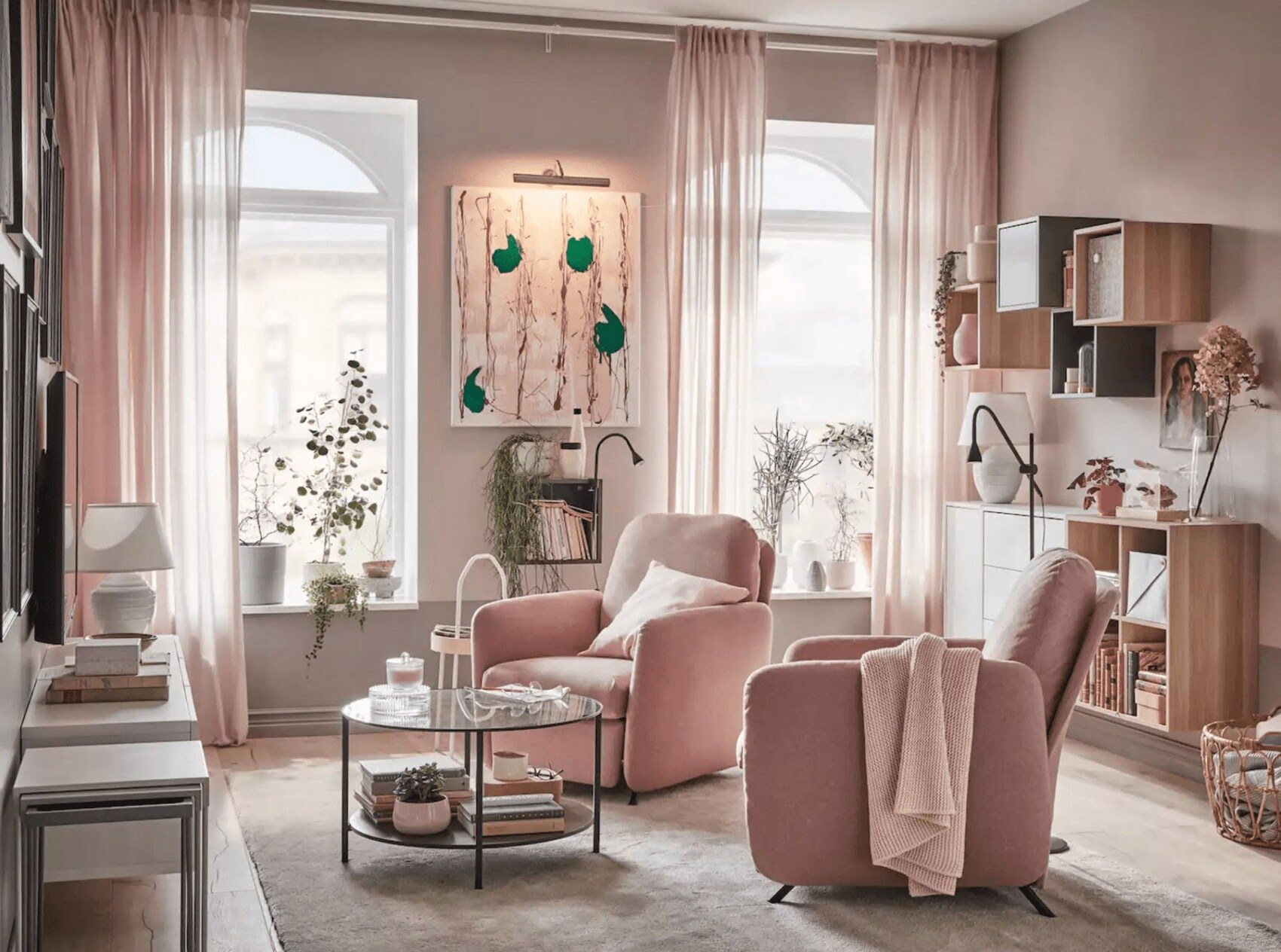
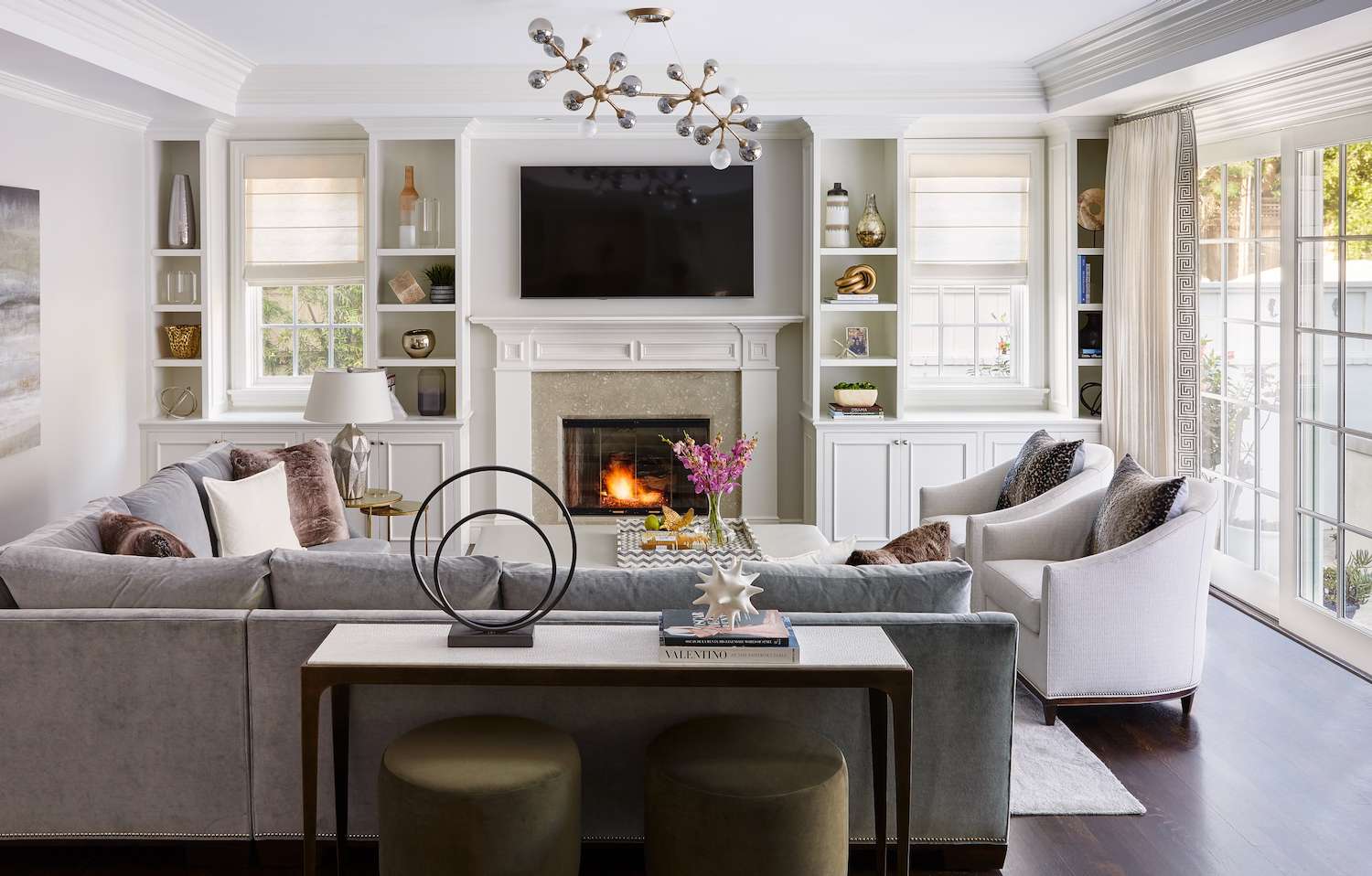
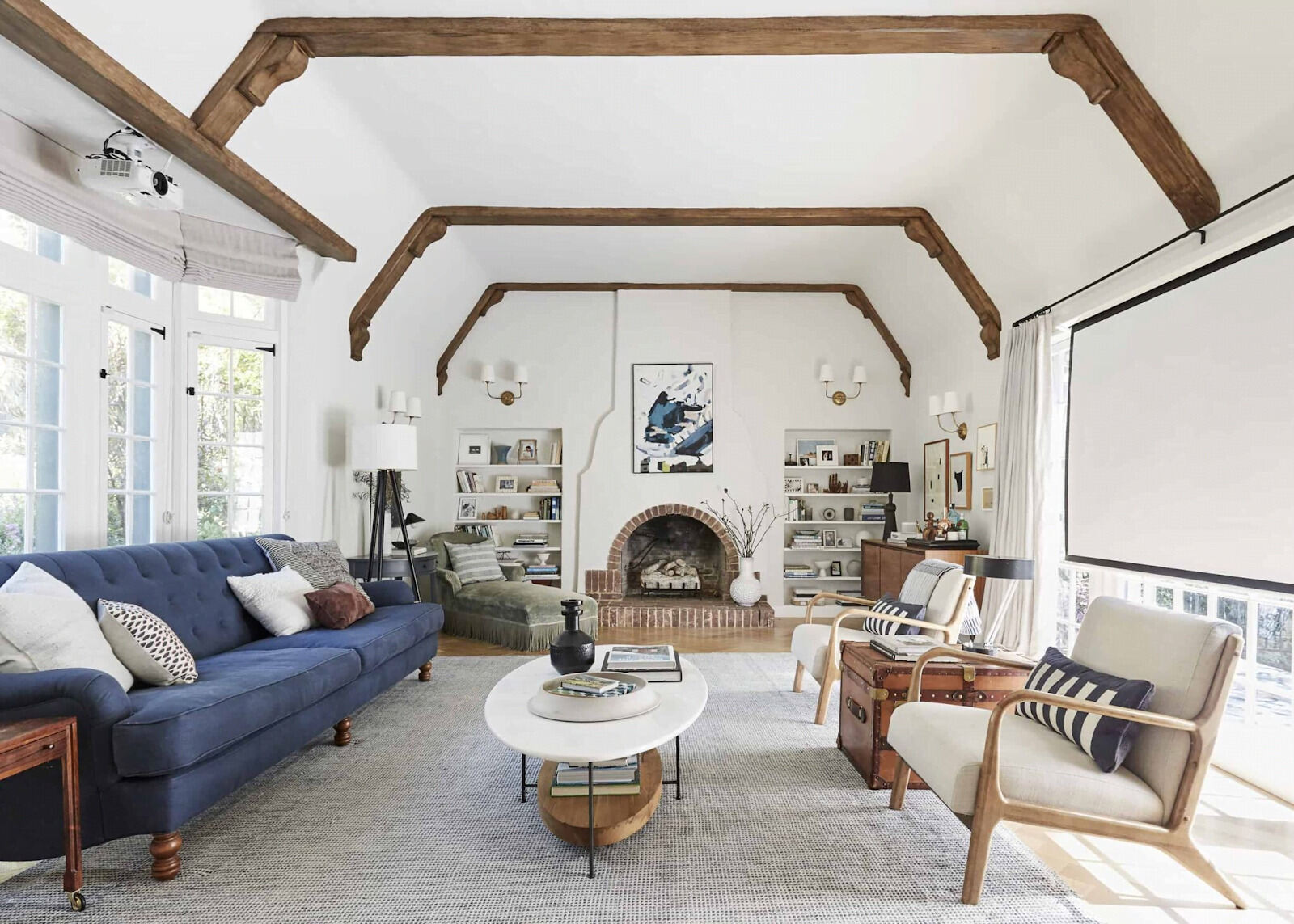
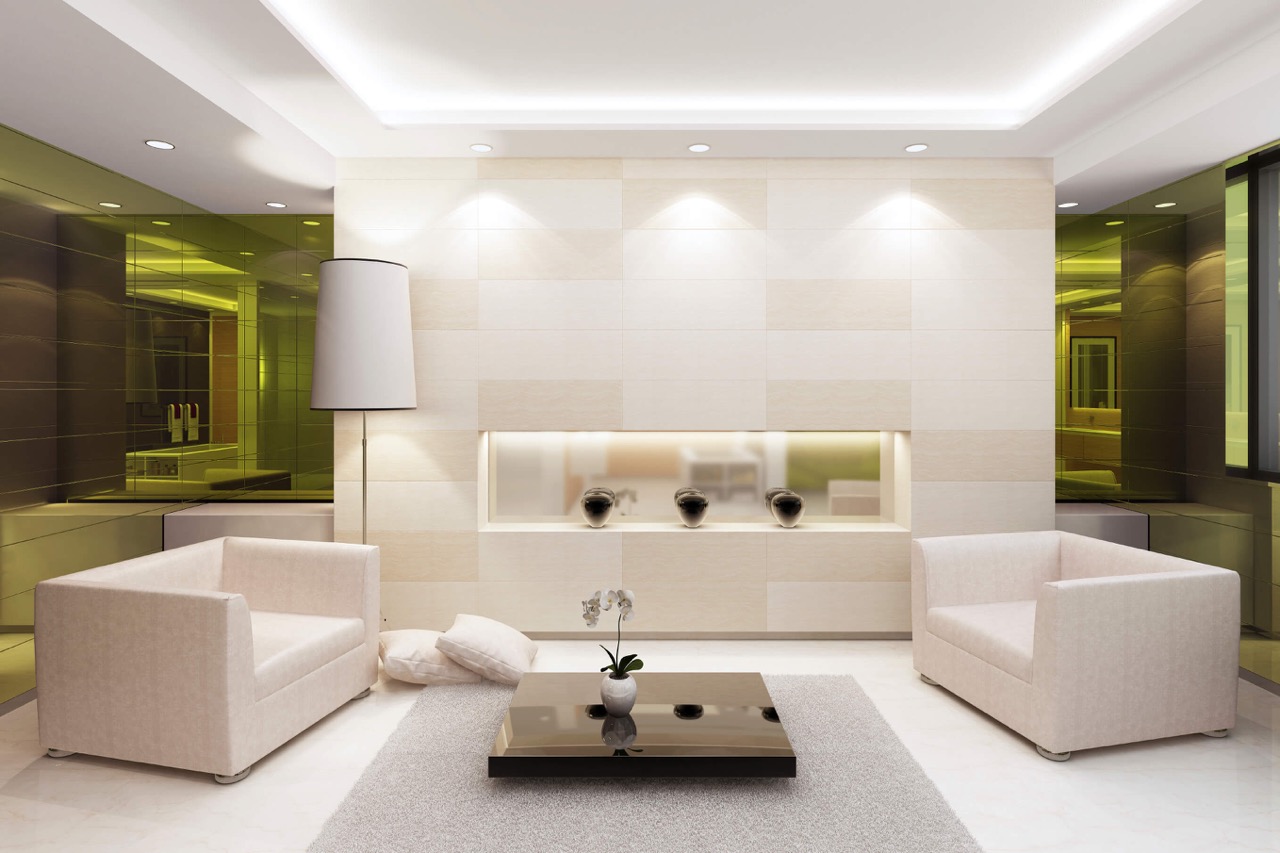
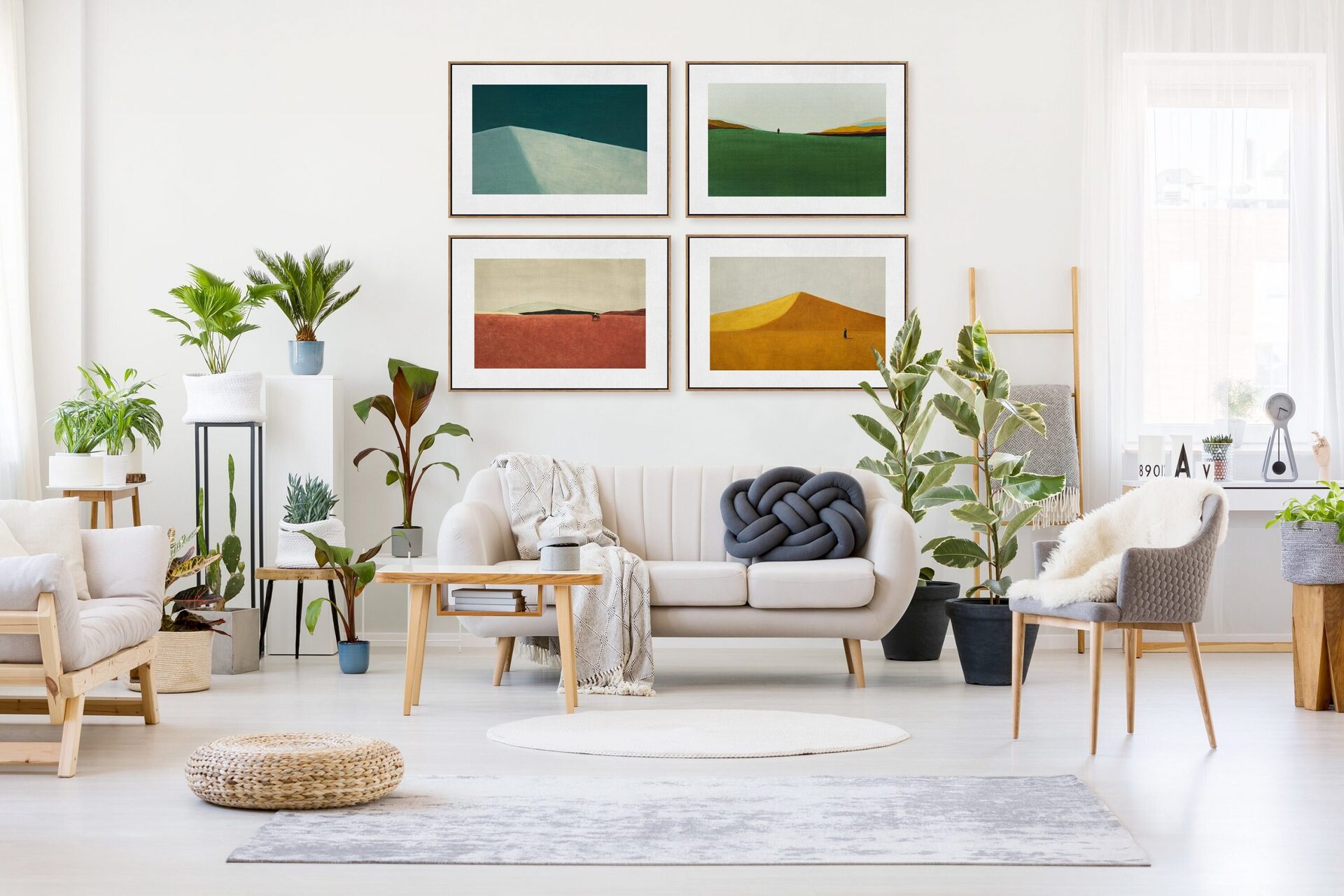
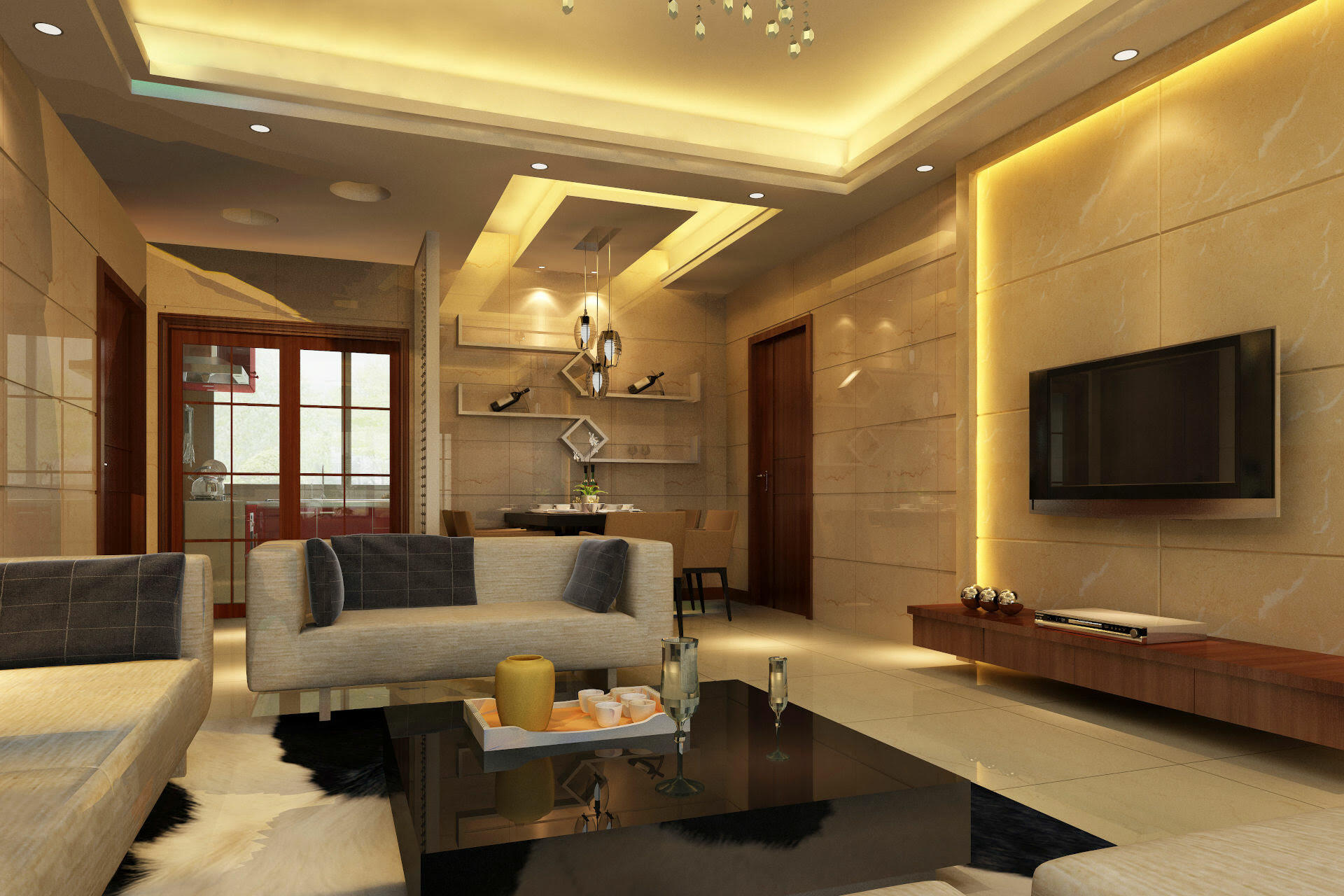
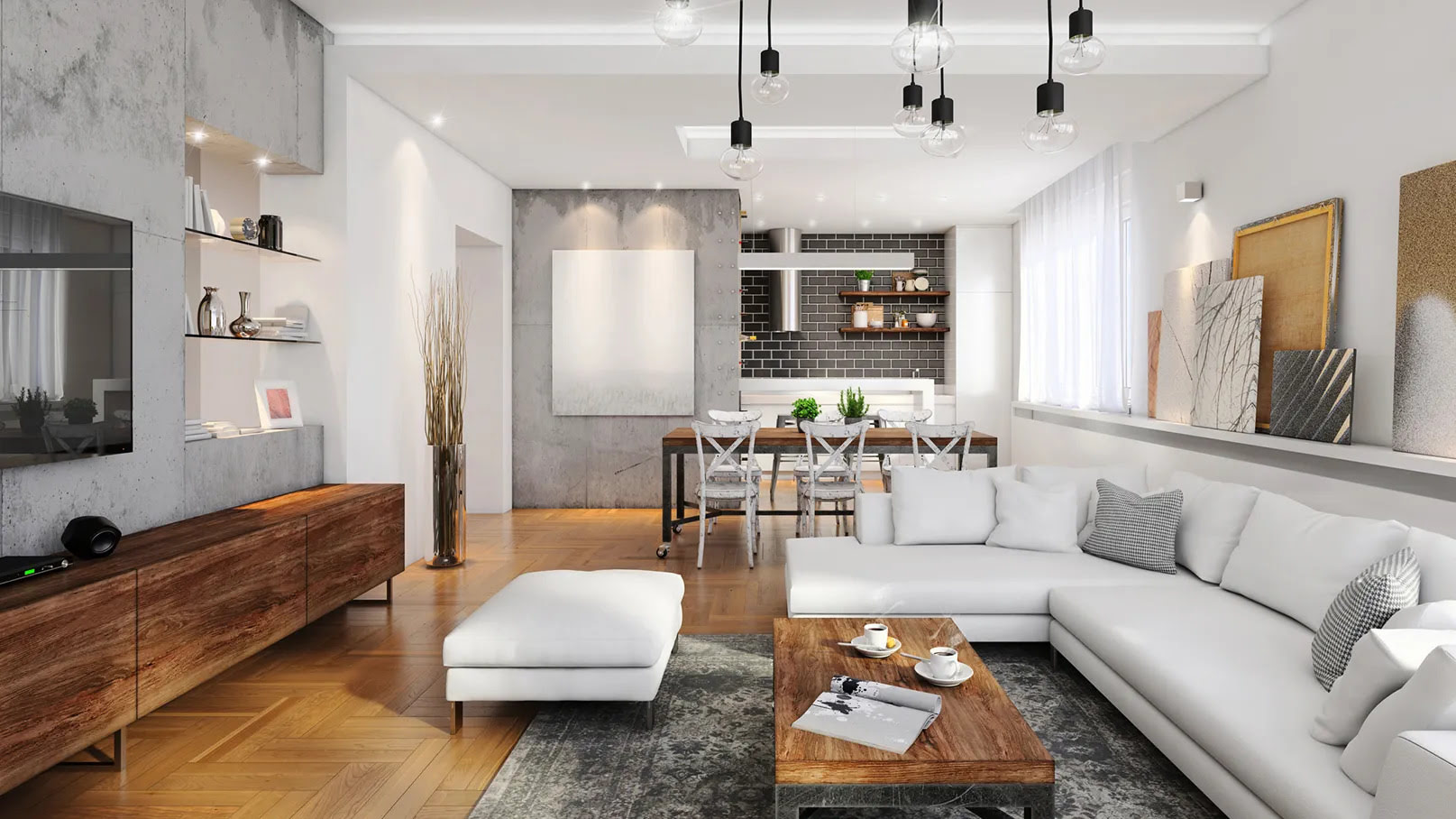
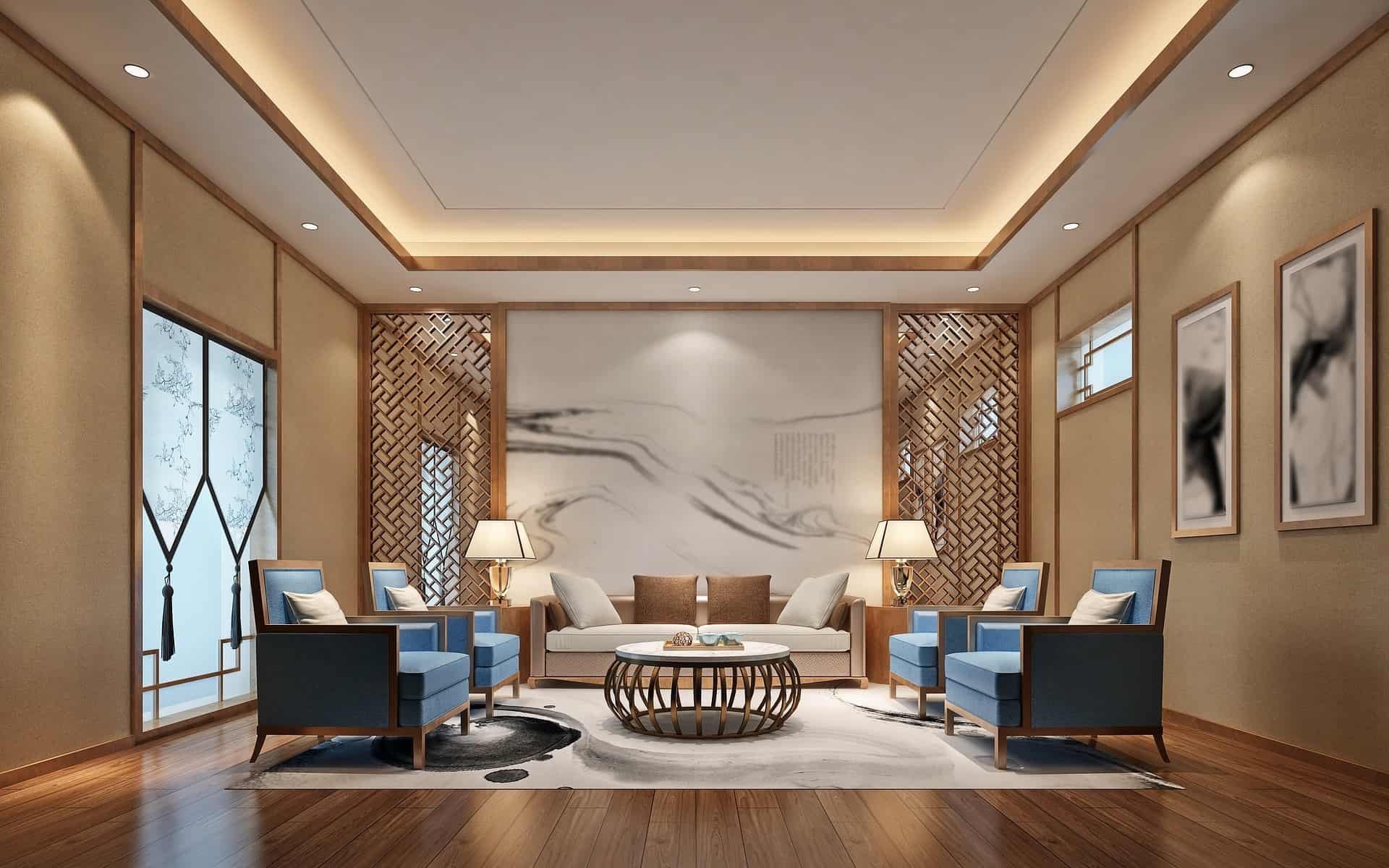
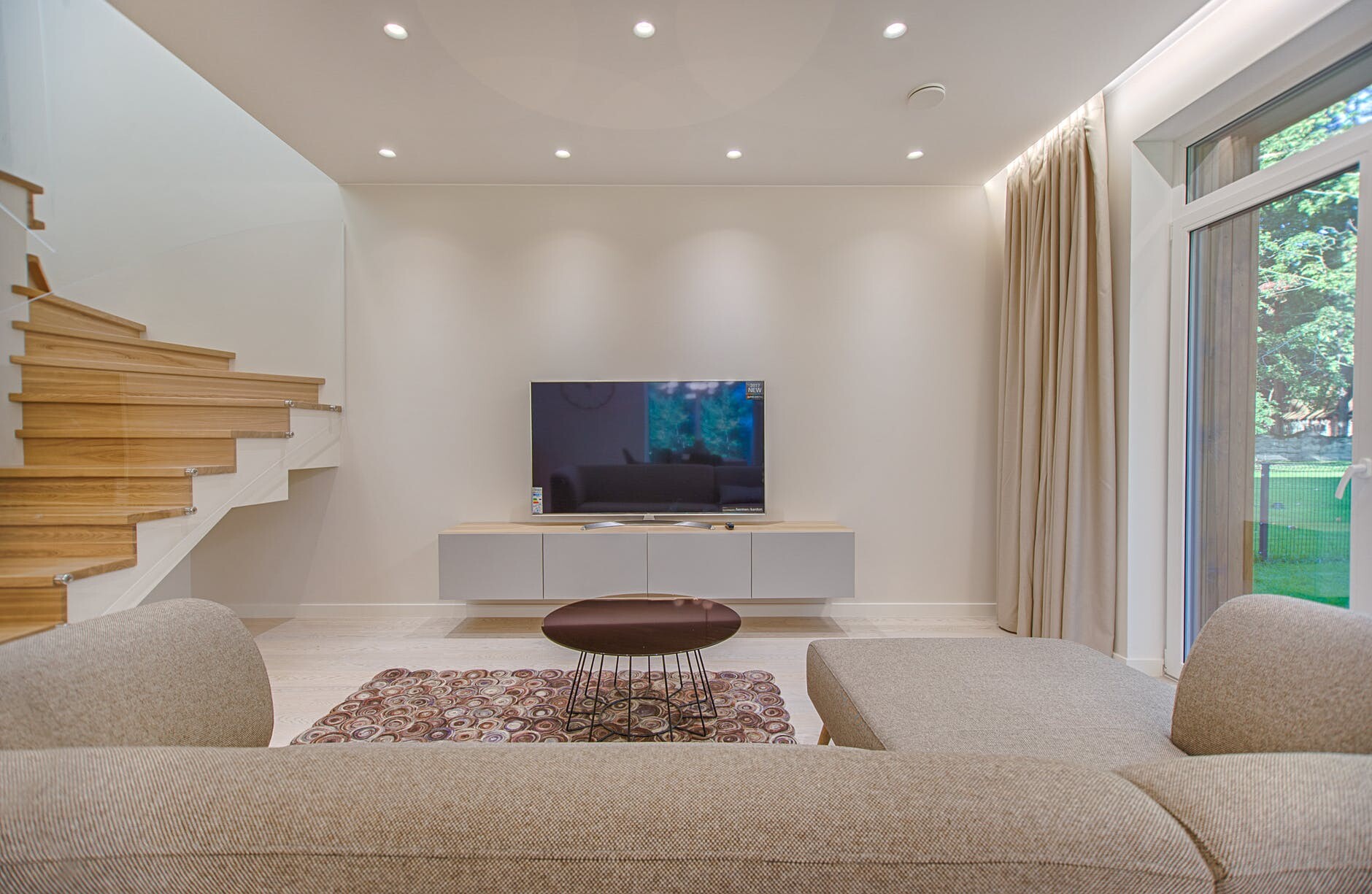
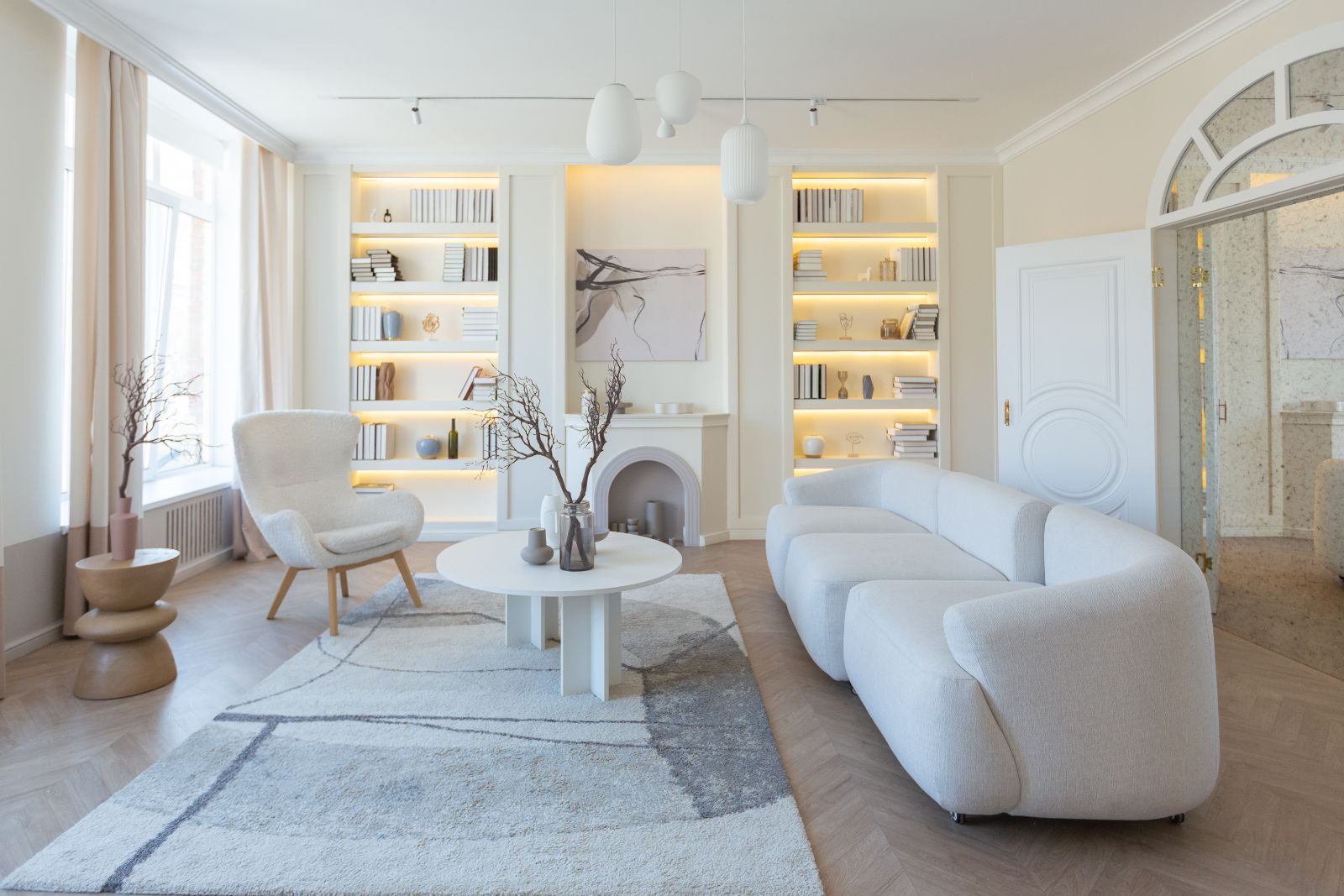
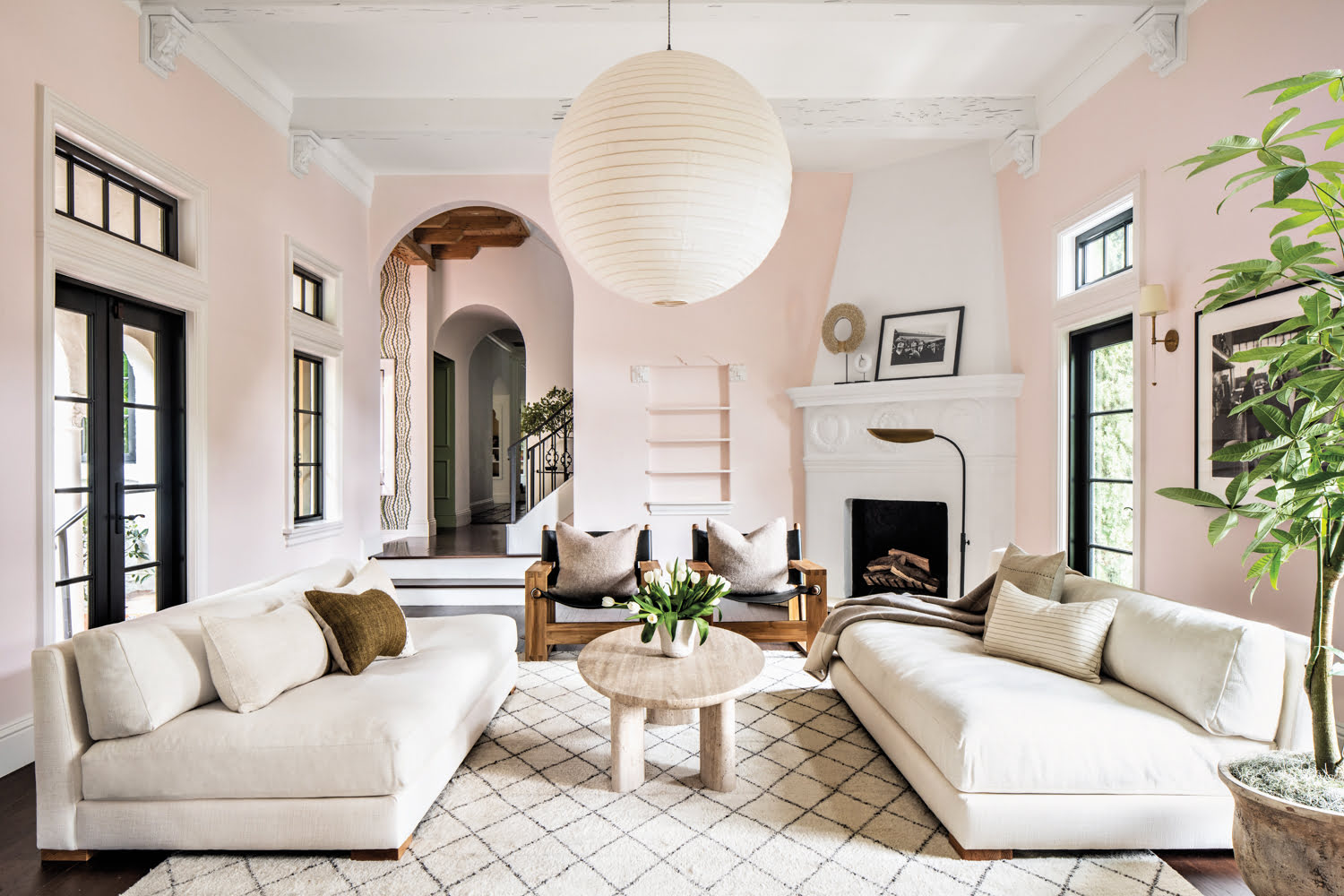
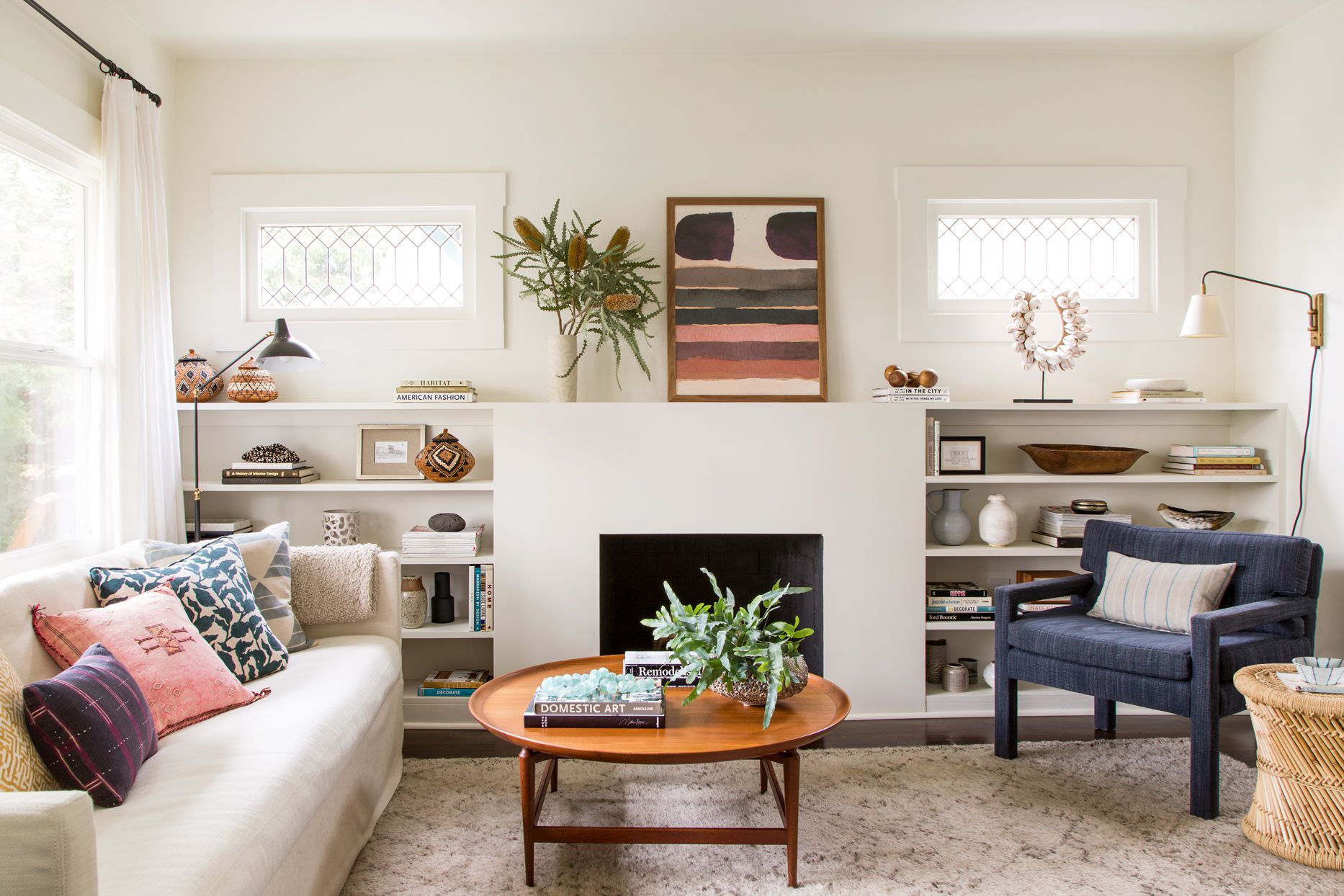
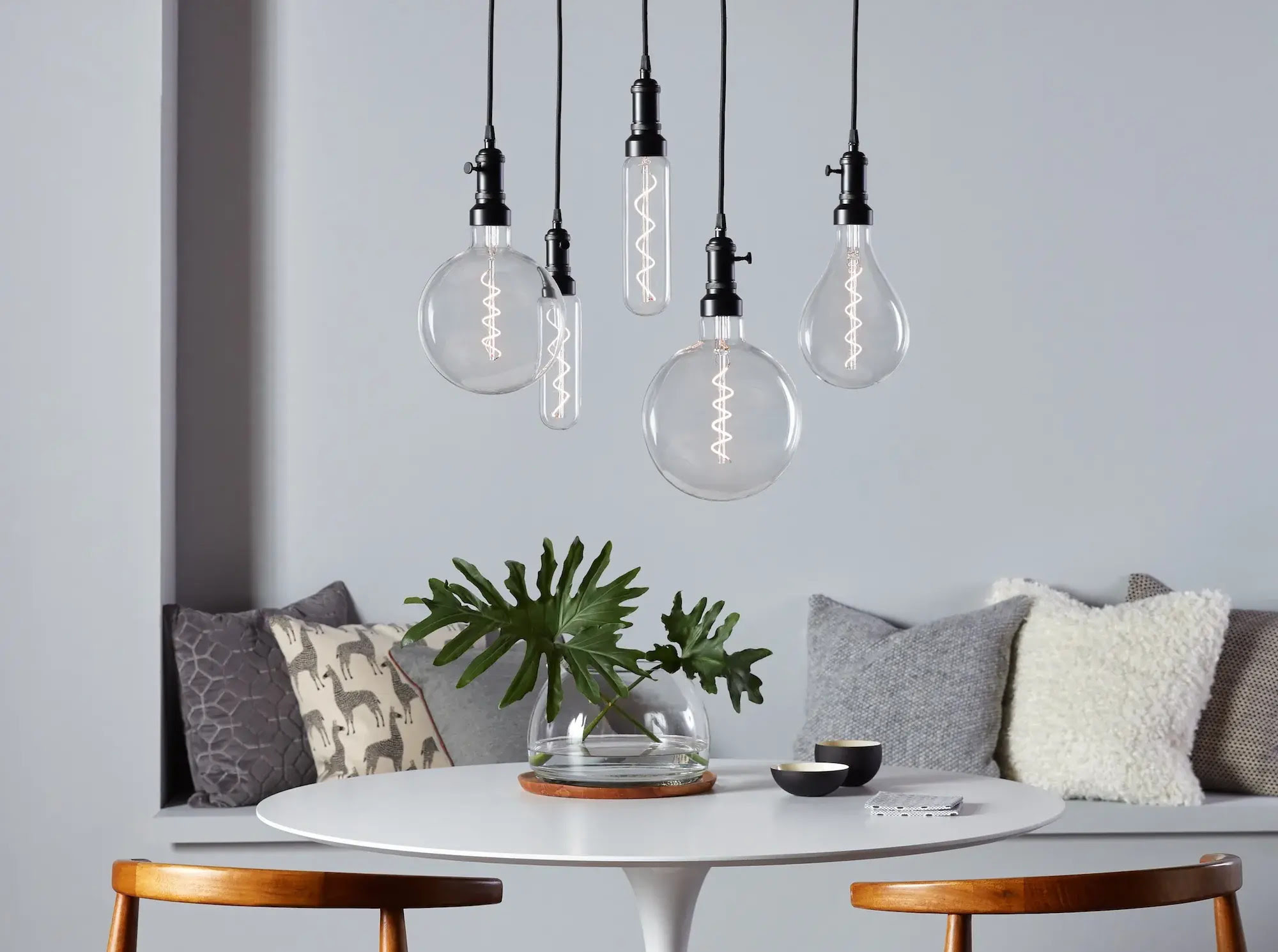

0 thoughts on “How To Light Up Living Room”